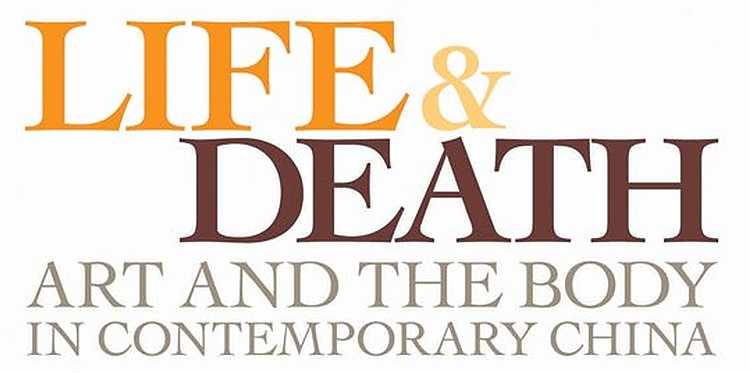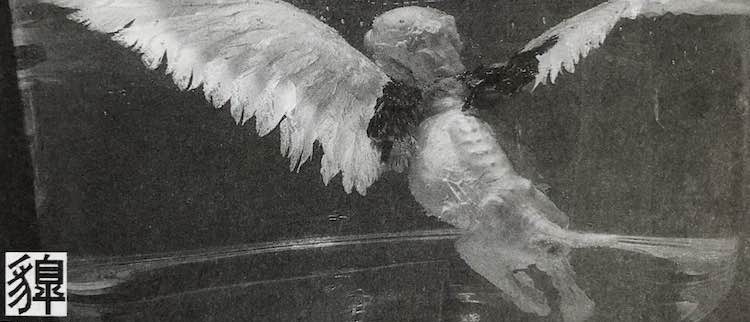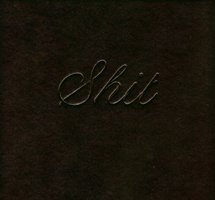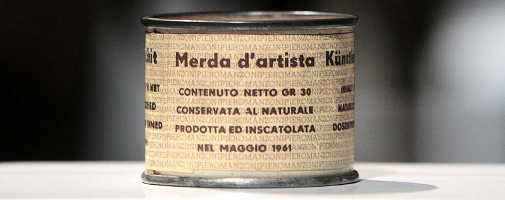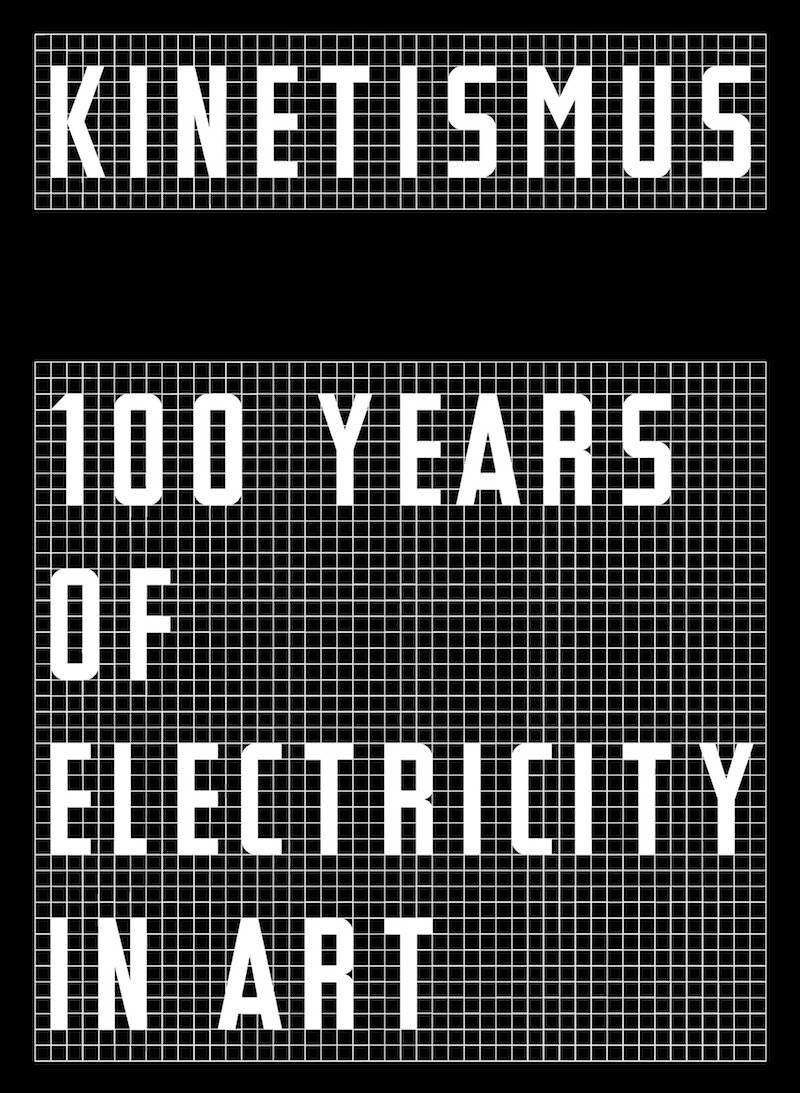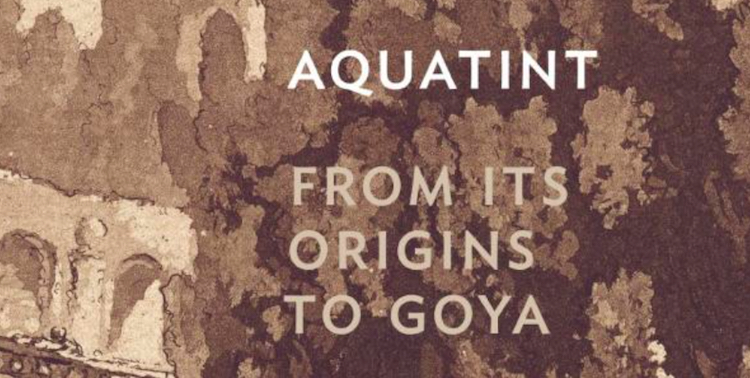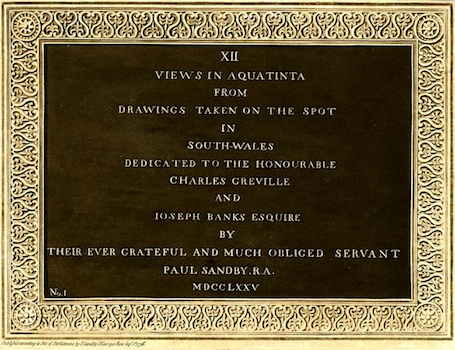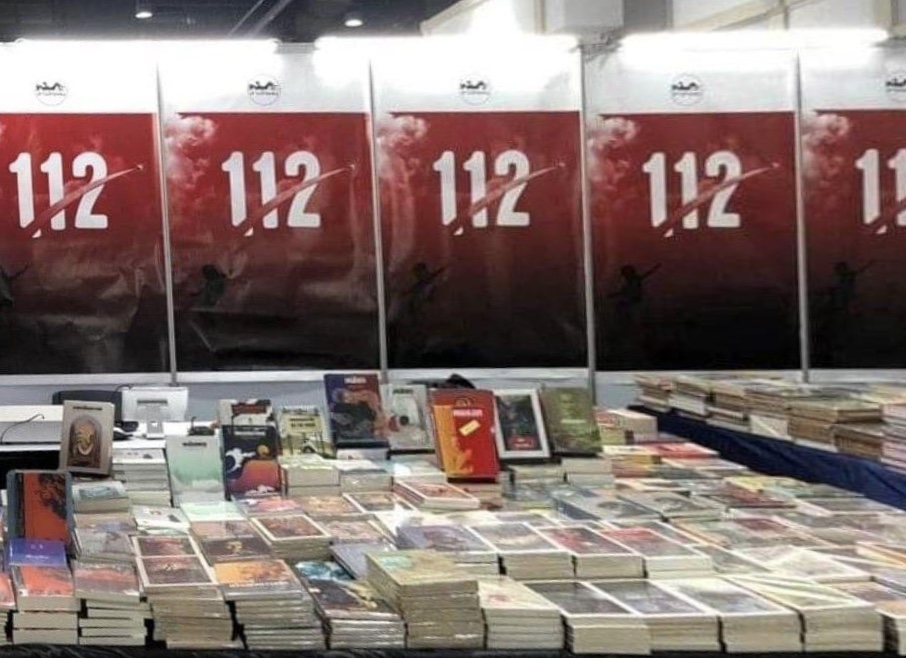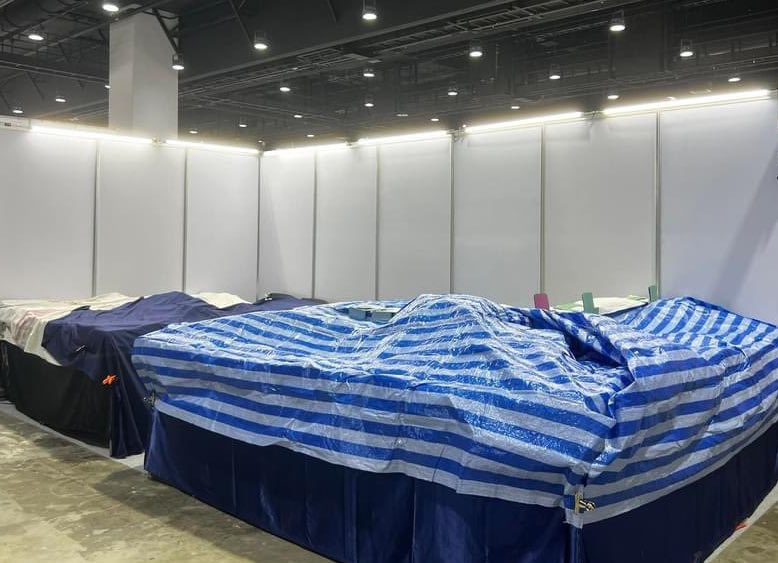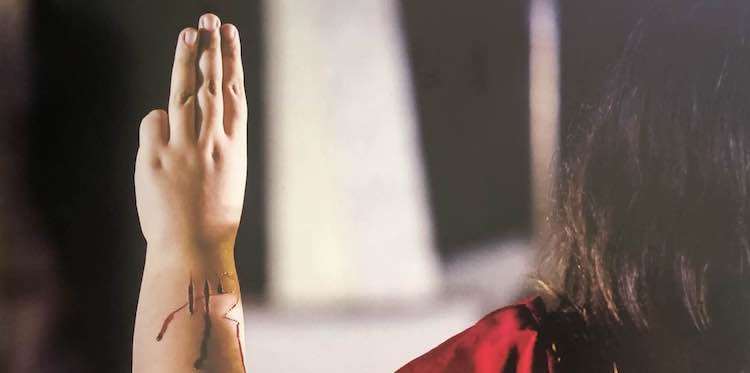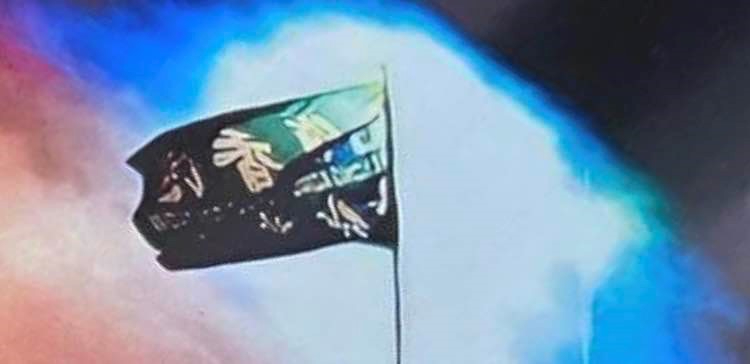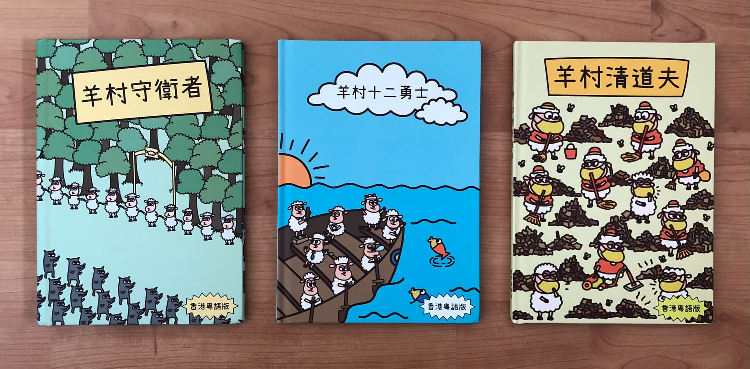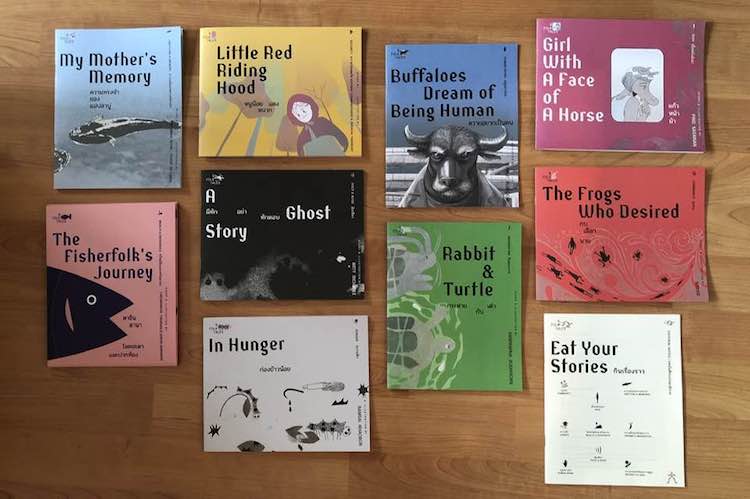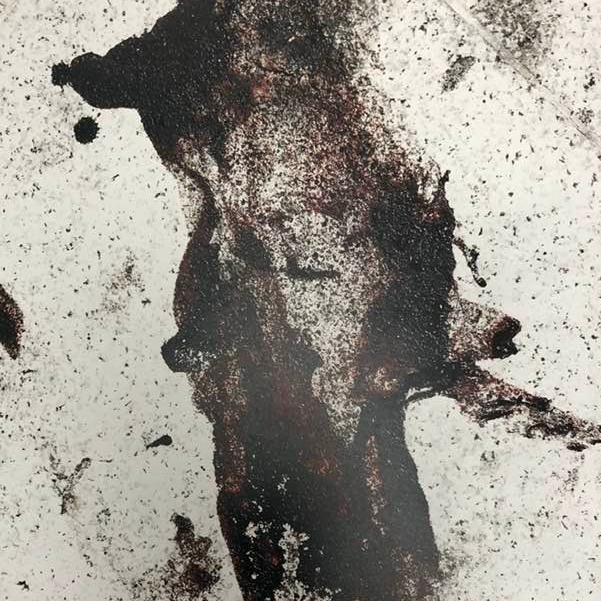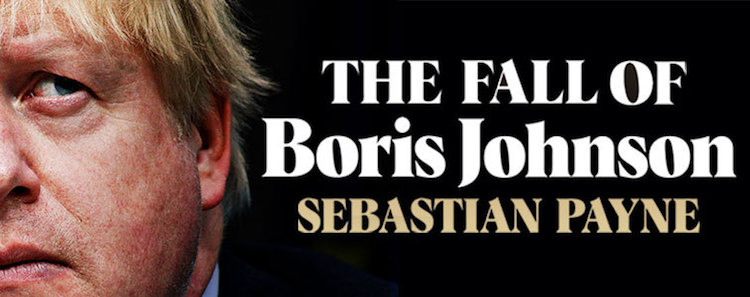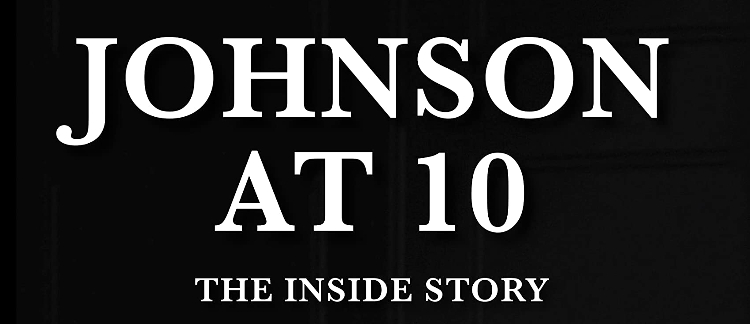
From his 2019 election landslide (‘Get Brexit Done’) to his downfall last summer, Anthony Seldon and Raymond Newell recount Boris Johnson’s term as UK prime minister in Johnson at Ten: The Inside Story. They cover Johnson’s “callous amorality” during the coronavirus pandemic (“Let the bodies pile high in their thousands”, first reported by the Daily Mail on 26th April 2021), and his ethical and even legal shortcomings. (In 2019, the Supreme Court ruled that “the Prime Minister’s advice to Her Majesty was unlawful,” and Johnson was fined last year for breaking coronavirus lockdown rules.)
There are some extraordinary details in Seldon and Newell’s book. They quote Johnson proclaiming to staff, “I am the Führer. I’m the king who takes the decisions”. Whereas former PM John Major famously called rebel Tories “bastards”, to Johnson they were “c**ts, utter c**ts.” (Apparently he “would use the C word a lot”, in an attempt to bond with senior staff, though the authors censor the profanities. Ironically, a cabinet minister called Johnson a “cosmic cunt” last year.) After the EU tried to ban exports of coronavirus vaccines, he told French President Emmanuel Macron: “I will hold you personally responsible for the deaths of the British people”.
Sebastian Payne has already written a detailed account of the fall of Boris Johnson, and he concluded that there were “three Ps that brought down the prime minister”: the Owen Paterson, Chris Pincher, and ‘partygate’ scandals. Seldon and Newell suggest an alternative (and non-alliterative) trio, citing three flaws in Johnson’s personality that made his downfall inevitable: “an inability to value truth and to set or pronounce on moral boundaries; to recognize merit, appoint the best people and trust them to do their jobs; and to stick by any decision or person without changing his mind.”
Payne’s account of Johnson’s final days in office includes a brief quote from a phone call between the PM and Michael Gove, who asks if Johnson is going to resign. Johnson replies: “Mikey, mate, I’m afraid you are.” (Tim Shipman used the same quote in The Sunday Times on 10th July 2021.) In contrast, Seldon and Newell quote a long extract from the call, without the “Mikey, mate” line. They also quote a conversation during which Nadhim Zahawi tells Johnson: “The herd is moving”, which could have inspired Johnson’s resignation speech (“when the herd moves, it moves”).
Seldon is the author or co-author of books on every UK prime minister of the past thirty years, including Cameron at Ten. He and Newell spoke to more than 150 senior sources for Johnson at Ten, including on-the-record interviews with Sajid Javid (Johnson’s former chancellor), Graham Brady (Chairman of the 1922 Committee), and Pippa Crerar (the Daily Mirror journalist who broke the partygate story, now political editor of The Guardian). Tim Shipman’s All Out War and Fall Out are in-depth accounts of Johnson’s role in Brexit, and his successor Liz Truss is profiled in Harry Cole and James Healey’s Out of the Blue.
There are some extraordinary details in Seldon and Newell’s book. They quote Johnson proclaiming to staff, “I am the Führer. I’m the king who takes the decisions”. Whereas former PM John Major famously called rebel Tories “bastards”, to Johnson they were “c**ts, utter c**ts.” (Apparently he “would use the C word a lot”, in an attempt to bond with senior staff, though the authors censor the profanities. Ironically, a cabinet minister called Johnson a “cosmic cunt” last year.) After the EU tried to ban exports of coronavirus vaccines, he told French President Emmanuel Macron: “I will hold you personally responsible for the deaths of the British people”.
Sebastian Payne has already written a detailed account of the fall of Boris Johnson, and he concluded that there were “three Ps that brought down the prime minister”: the Owen Paterson, Chris Pincher, and ‘partygate’ scandals. Seldon and Newell suggest an alternative (and non-alliterative) trio, citing three flaws in Johnson’s personality that made his downfall inevitable: “an inability to value truth and to set or pronounce on moral boundaries; to recognize merit, appoint the best people and trust them to do their jobs; and to stick by any decision or person without changing his mind.”
Payne’s account of Johnson’s final days in office includes a brief quote from a phone call between the PM and Michael Gove, who asks if Johnson is going to resign. Johnson replies: “Mikey, mate, I’m afraid you are.” (Tim Shipman used the same quote in The Sunday Times on 10th July 2021.) In contrast, Seldon and Newell quote a long extract from the call, without the “Mikey, mate” line. They also quote a conversation during which Nadhim Zahawi tells Johnson: “The herd is moving”, which could have inspired Johnson’s resignation speech (“when the herd moves, it moves”).
Seldon is the author or co-author of books on every UK prime minister of the past thirty years, including Cameron at Ten. He and Newell spoke to more than 150 senior sources for Johnson at Ten, including on-the-record interviews with Sajid Javid (Johnson’s former chancellor), Graham Brady (Chairman of the 1922 Committee), and Pippa Crerar (the Daily Mirror journalist who broke the partygate story, now political editor of The Guardian). Tim Shipman’s All Out War and Fall Out are in-depth accounts of Johnson’s role in Brexit, and his successor Liz Truss is profiled in Harry Cole and James Healey’s Out of the Blue.


